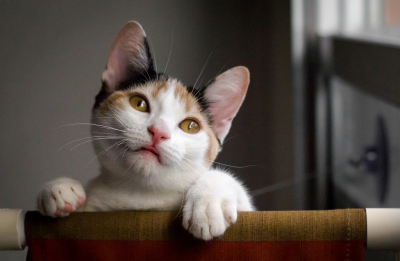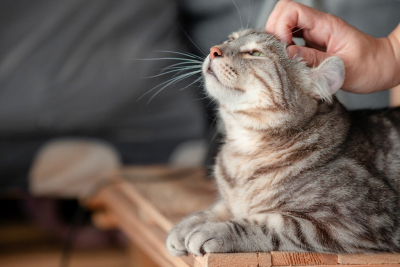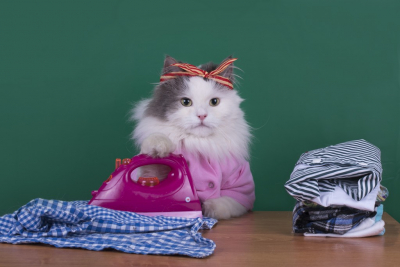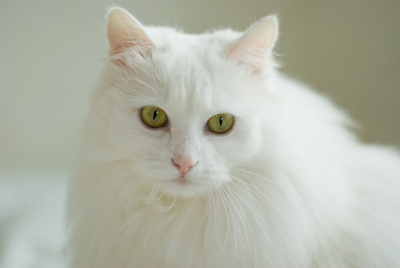Owning a cat is a joyful experience, but it also comes with financial responsibilities—especially when it comes to their health. Veterinary bills for emergencies or long-term illnesses can be surprisingly high, and that’s where pet insurance for cats comes into play. But is it really worth the investment? This comprehensive guide breaks down everything you need to know about cat insurance, its costs, benefits, and whether it’s the right choice for you and your feline companion.
What Is Cat Insurance?
Cat insurance is a type of health coverage designed specifically for your feline friend. Unlike insuring a house or a car, you’re not protecting physical property; instead, you’re safeguarding against unexpected medical expenses that could arise from accidents, illnesses, or even routine veterinary care.
There are typically three main types of cat insurance plans:
- Accident-Only Coverage: Covers unexpected injuries such as broken bones or lacerations.
- Accident and Illness Coverage: Includes accidents and illnesses like infections, cancer, and chronic conditions.
- Wellness or Routine Care Plans: Covers preventive measures like vaccinations, flea treatments, and annual check-ups.
When shopping for a policy, understand which type of coverage you’re buying. Some plans only cover emergencies, while others may include preventive care and annual exams.
Why Consider Pet Insurance for Your Cat?
The main reason pet owners consider cat insurance is to mitigate the high costs of veterinary care. Here are some eye-opening statistics:
- The average vet visit for a cat costs around $160.
- An emergency surgery could cost you over $2,000.
- Specialty treatments like chemotherapy or surgery for a broken limb can range anywhere from $5,000 to $10,000.
If you’re unprepared for these kinds of expenses, pet insurance provides a financial cushion, allowing you to focus on your cat’s recovery instead of stressing over bills.
How Much Does Pet Insurance for Cats Cost?
The average monthly premium for a cat ranges from $15 to $40, depending on:
- Coverage Type: Accident-only plans are cheaper than comprehensive coverage.
- Cat’s Age: Older cats tend to have higher premiums.
- Breed of Cat: Certain breeds are predisposed to specific health conditions.
- Location: Vet costs vary by region, affecting premium costs.
Here is the cost comparison of popular cat breeds.
| Breed | Average Monthly Cost |
|---|---|
| British Shorthair | $20 – $25 |
| Persian | $18 – $22 |
| Maine Coon | $16 – $20 |
| Ragdoll | $15 – $18 |
| Exotic Shorthair | $10 – $15 |
These costs reflect standard plans with mid-level coverage. Some policies also come with deductibles, which is the amount you must pay before your insurance kicks in.
How Are Pet Insurance Premiums Calculated?
Pet insurance premiums are calculated similarly to human health insurance. The following factors play a crucial role:
- Age of the Cat: Older cats generally have higher premiums due to the increased likelihood of health problems.
- Breed: Some breeds are more prone to genetic issues, driving up the cost.
- Health History: Pre-existing conditions are usually excluded, but they may still affect the premium.
- Location: Vet costs differ by state and even by city.
- Coverage Limits and Deductibles: Plans with lower deductibles and higher maximum payouts tend to cost more.
Pro Tip: Look for policies that include lifetime coverage for chronic conditions. Some plans may only cover the first occurrence, leaving you uncovered for future treatments.
What Does Cat Insurance Cover?
Coverage varies from plan to plan, but here’s what most pet insurance policies typically include:
- Accidental Injuries: Fractures, wounds, and poisonings.
- Illnesses: Respiratory infections, urinary issues, cancer, diabetes.
- Emergency Visits: ER treatments for sudden injuries or illnesses.
- Chronic Conditions: Diabetes, arthritis, and heart disease.
- Specialty Treatments: Surgery, chemotherapy, or advanced diagnostics.
- Prescription Medications: Some policies include coverage for meds.
What Isn’t Covered by Cat Insurance?
Just as important as knowing what’s covered is understanding what isn’t covered:
- Pre-existing Conditions: Any illness or injury that occurred before the policy was in effect.
- Routine Check-Ups (unless you have wellness coverage): Vaccinations, flea treatments, dental cleanings.
- Breeding Costs: If your cat is used for breeding, many policies will not cover associated health costs.
- Cosmetic Procedures: Declawing or elective surgeries are not covered.
Always read the fine print before signing up to avoid surprises during a claim.
Should You Buy Cat Insurance?
Now comes the million-dollar question: Is it worth it?
If you have a younger cat or a breed predisposed to health issues, the monthly premiums could save you thousands in the long run. Even for generally healthy cats, a single emergency visit can easily exceed the cost of a year’s worth of insurance. To understand better, consider the following pros and cons.
| Pros | Cons |
|---|---|
| Financial protection against big bills | Monthly premiums can add up |
| Peace of mind in emergencies | Exclusions for pre-existing conditions |
| More treatment options available | Some plans have waiting periods |
How to Choose the Best Cat Insurance Policy
To choose the right policy, consider the following:
- Coverage Limits: Does the plan cap the maximum payout per year?
- Deductibles and Premiums: Higher deductibles generally mean lower premiums.
- Policy Exclusions: Know what’s not covered upfront.
- Reimbursement Type: Some policies pay directly to the vet; others require you to pay upfront and submit a claim.
- Waiting Periods: Some policies don’t start coverage until 14–30 days after you sign up.
Is Cat Insurance Right for You?
Whether or not to buy cat insurance depends largely on your financial situation and your cat’s health risks. If you want peace of mind and the ability to say “yes” to any necessary medical treatments, then insurance can be a lifesaver. On the other hand, if you’re willing to take the financial risk and manage costs on your own, you might skip it.





